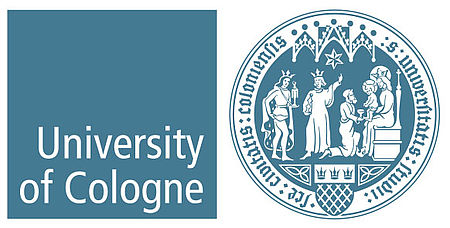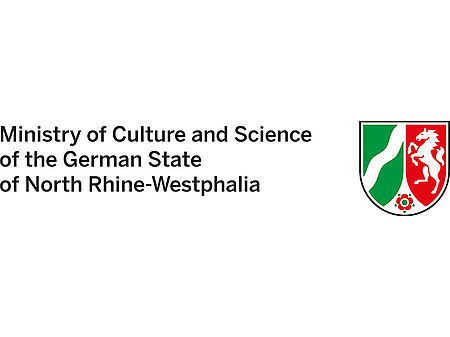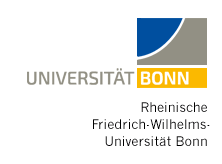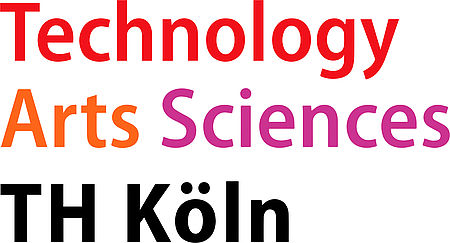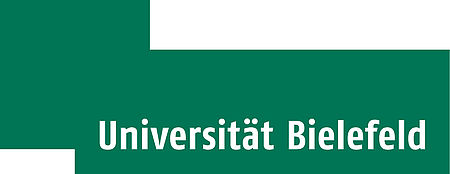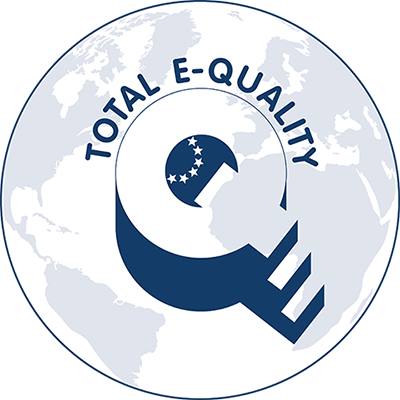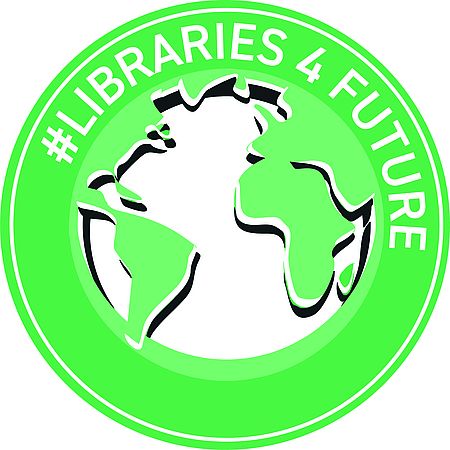Conference details
The Physics of Cancer - POC - Annual Symposium
Conference Secretariat
Claudia Brück
University of Leipzig
Faculty of Physics and Earth Sciences
Institute of Experimental Physics I
Soft Matter Physics Division
Linnéstraße 5, 04103 Leipzig, Germany
Phone: (+49 341) 97 32470
Fax: (+49 341) 97 32479
E-Mail: poc@uni-leipzig.de
Web: www.uni-leipzig.de/~pwm
Does physics play a role in cancer research? Of course, would be the spontaneous response of most of my colleagues while thinking of linear accelerators and high-field MRI; perhaps also of mass spectroscopy, X-ray crystallography and STED microscopy.
Many cancer researchers consider physics responsible for the indispensable images of the internal organs in tumor diagnosis. Additionally, it provides a whole arsenal of radiation with which to fight cancer. It also delivers fantastic analytical tools. Ultimately something of an ancillary discipline, one that aids the “real” cancer scientists – molecular- and cell biologists, biochemists, clinicians – to achieve their results and successful cures.
However, a most basic observation demonstrates the significance of physical characteristics in the very definition of what we call a tumor: A woman feels a lump in her breast. This means nothing other than that she recognizes tumor tissue as distinct from surrounding healthy tissue due to mechanical characteristics.
Cancer cells are continually exposed to physical forces: Tractive and shearing forces, hydrodynamics and hydrostatic pressures. These have to be countered by their own forces. There is hardly any doubt that a connection exists between tumor mechanics and the biology of cancer cells. This could be the key to understanding why and when cancer cells divide, how they move or embed themselves in tissues.
The spectacular results in molecular biology – from decoding gene function to analyzing complex signaling cascades – may be responsible that for a long time it has almost been forgotten that there is another viewpoint in cells, tissues and organs, - that of the physicist.
Although molecular biology has in previous years led to many successful approaches to targeted cancer therapy, it remains incontrovertible that for many cancers there are still no effective treatments. The fresh approach of another discipline could provide new impetus and identify new ways of effectively combating cancer. We cannot afford to decline it.
Prof. Dr. Dr. h.c. Otmar D. Wiestler
Chairman of the Management Board and Scientific Director
German Cancer Research Center (DKFZ)
Heidelberg, Germany

